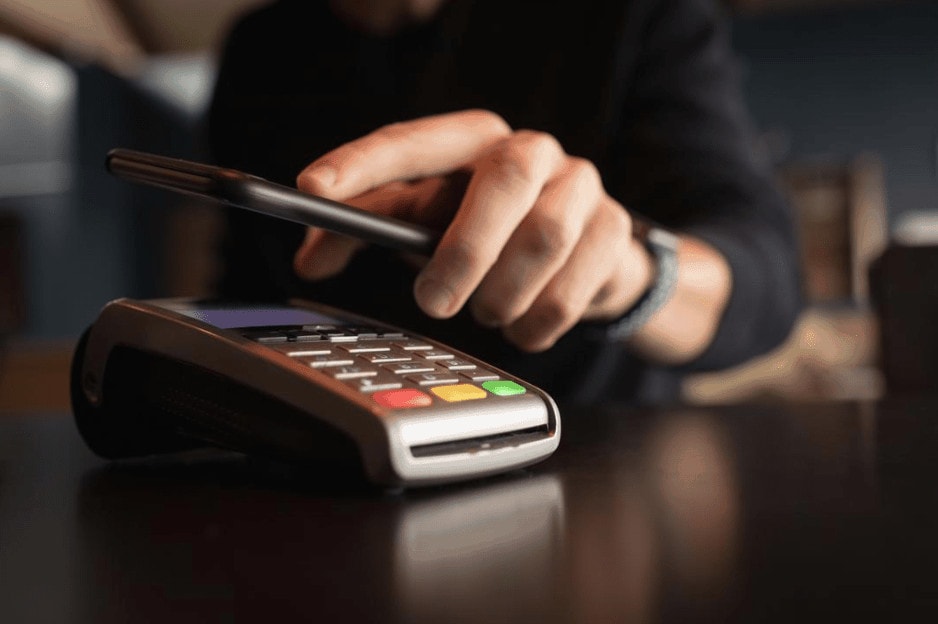Why Your Business Needs To Invest in Mobile Payment
For a long time now, phones have been working as watches, alarms, torches, and even televisions. They have also begun replacing money–cash and cards. People now use their phones to make payments by installing specific mobile payment apps on them. This method has become so popular that the worldwide mobile app payment revenue is expected to increase significantly this year. By 2020, the number of mobile payment app users could increase to 150 million and by 2025, 75% of all financial transactions are expected to be cashless.
Consequently, mobile payment systems are slowly becoming indispensable for businesses. The popularity of mobile payment apps is driven by the following factors:
Customer-Centric Factors of Mobile Payment
If customers have a mobile payment service on their phones, they no longer need to carry cash or cards to buy something. Instead, they can pay using a variety of electronic wallet apps (see our Blog Post on the top 10 best mobile payment apps here). The risk attached to carrying cards/cash, which could be stolen or lost, is less when mobile app payment becomes even more mainstream.
Speed and Security of Quick Pay Apps
Most mobile payment apps use near field communication (NFC) technology, which helps customers pay by just tapping or waving their phones at the payment terminal. This is a secure, contactless, and faster transaction process than having to fumble around looking for your wallet and credit cards.
Electronic wallet apps use encryption to protect customers’ personal data. Customers’ real card numbers are not stored on their mobiles or at stores. Instead, mobile payment systems mask them by assigning numbers or tokens for each purchase. Even if someone accesses the store data or devices, they won’t find any useful or relevant information. Thus, financial data remains as efficient and secure as ever even when money is on a mobile app.
Fingerprint, password or PIN authentication can also be added to a mobile payment service as another layer of security for the devices (unless you have the fancy iPhone X, in which you would be able to use your Facial Recognition ID).
Wide Acceptance of Payment Apps
Many retailers have started accepting mobile payments. Usually, the first card that customers add as money on a mobile app is considered the default payment option. They can change this anytime. Since these cards are available whenever they have their mobiles with them, they are almost always ready to pay.
Business-Centric Factors of Payment Apps
Advanced Knowledge of Trends in Mobile Payment and Customer Behaviour
Recent research shows that customers shop and spend more than usual if they use mobile payment systems. If you use mobile payment technology in your apps, you stand to gain customer interest and loyalty. This is a psychological strategy. Because using a mobile phone is easier and accessible than the traditional method of physical cards, meaning that it allows users to feel more inclined to pay for things that they necessarily wouldn’t before. Convenience is key, and that’s exactly what the best mobile payment apps offer users.
Moreover, you can track patterns in customers’ purchases and know more about their preferences and habits with a mobile payment service. Such information might help you to predict their future shopping behaviours.
Easier Accounting When Money is on a Mobile App
If you introduce mobile payment in your apps, you can streamline your accounting systems and manage cash flows better. You can reduce costs, including bank charges and overheads. As all your transactions will have clear records, you will never forget payments, lose cash or incur fines. You can also do away with paper receipts and send digital receipts to clients instead. You also get notified – in live time – after every purchase you make via online payment apps.
Integration of Incentives Directly on Mobile Payment Apps
Loyalty and incentive programs can be stored in electronic wallet apps. When they use these payment apps, customers get to know of the programs, which encourages them to buy more. With these incentives, it also provides guaranteed customer retention due to the fact that the more rewards a customer receive, the more they would want to come and shop in stores using their mobile payment services.
The Best Mobile Payment App Leads to Lower Credit Card Fees
Some mobile payment systems charge a lower fee per transaction than credit card companies. Some others lower fees until a customer reaches a certain incentive level. If you choose such cost-effective mobile payment services, you can save a lot of money and get a bargain.
Increase Growth and Profitability With App Payment
Companies that accept the best payment apps are more successful than companies that don’t. Inversely, successful companies are more likely to adopt mobile payment apps into their business plans for the future as the industry and market will continue to grow and become even more mainstream than it already is.
Conclusion
Mobile payments via apps boost your business altogether as it improves productivity in the core business, generating new business, and increasing customer retention. Quick pay apps are equally beneficial for you and your customers. You are able to keep track of your customer’s shopping habits and you are able to provide them with a service that is consistent, reliable and convenient (which is what we all want!). If you have a great app idea, Talk To Us today! Maybe you could create something that will challenge the mainstream within mobile.
Share this
Subscribe To Our Blog
You May Also Like
These Related Stories

How Can On-Demand Apps March the Mobile Industry Forward?

The Dating Industry has Been Changed Forever, Thanks to Smartphones.





